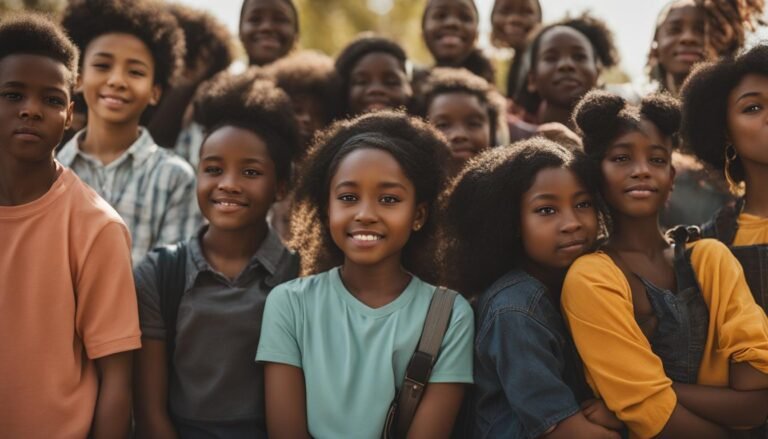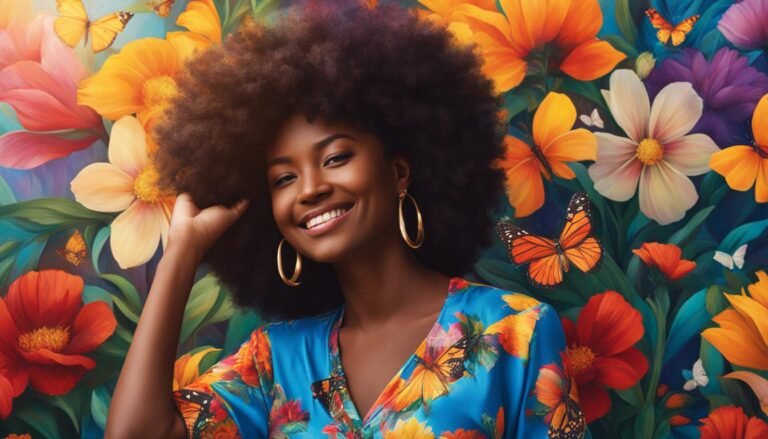Does girls care about skin Colour?
When it comes to attractiveness and self-perception, one aspect that often comes up is skin color. But do girls in the US really care about skin color when it comes to their perceptions of beauty? Let’s explore this question and challenge any preconceived notions we may have.
Studies and personal stories reveal the complex relationship between girls and skin color preferences. Each woman has her own specific love map that determines her preferences for a certain skin color. These preferences are based on unconscious beliefs that individuals may not even be aware of. The environment in which a woman is raised also plays a role in shaping her preferences.
Key Takeaways:
- Each woman has her own unique preferences for skin color, influenced by unconscious beliefs and upbringing.
- Personal experiences and cultural environment shape girls’ perceptions of attractiveness.
- Skin color preferences are often influenced by associations with health, fertility, and societal beauty standards.
- Understanding the complexity of these factors can provide insights into girls’ perceptions of beauty.
- Attraction extends beyond physical appearance, with personality and resources also playing a role.
Factors influencing women’s attractiveness perceptions
When it comes to attractiveness, women not only consider looks but also pay attention to facial features as indicators of specific personality traits. Certain looks are associated with qualities like confidence or strength, which women may find attractive.
These preferences are shaped by a combination of individual beliefs and the environment in which they were raised. A woman’s upbringing, cultural background, and personal experiences all contribute to her unique perception of attractiveness.
If a woman has negative beliefs about a particular skin color, it can influence her attractiveness perceptions. On the other hand, positive beliefs about a specific skin color can impact her attraction towards individuals with that complexion.
“Our perceptions of attractiveness are not solely based on physical appearances. They are influenced by our personal beliefs and the societal norms we have been exposed to. These factors shape our understanding of beauty and guide our preferences.” – Dr. Emily Adams, Psychologist
Women’s preferences for certain facial features and skin colors are part of what psychologists refer to as a “love map.” This love map is a mental blueprint that develops based on a person’s beliefs and experiences, influencing their preferences and choices in romantic partners.
The Impact of Environment and Beliefs
The environment in which a woman is raised plays a significant role in shaping her attractiveness perceptions. Cultural ideals of beauty, societal pressures, and media influence contribute to the formation of beliefs about attractiveness.
For example, if a woman grew up in a society where a certain skin color is seen as more desirable, she may develop positive beliefs about that complexion and find individuals with it more attractive. Conversely, if negative stereotypes about a particular skin color exist in her environment, she may internalize those beliefs and perceive individuals with that skin color as less attractive.
It is essential to recognize that attractiveness is subjective and influenced by a range of factors, including individual preferences, cultural norms, and personal experiences. Different women may have different criteria for what they find attractive, and these preferences can vary widely.
The Love Map and Attraction
The love map, influenced by a woman’s beliefs and environment, plays a significant role in determining her preferences. This mental map guides her attraction towards certain facial features and skin colors, aligning with her unique understanding of beauty.
Understanding the factors that shape women’s attractiveness perceptions can help provide insights into the complexity of human attraction. By acknowledging the influence of beliefs, environment, and the love map, we can better appreciate the diverse range of preferences and understand that attractiveness goes beyond physical appearance alone.
https://www.youtube.com/watch?v=7wFARWERvdo
“Attractiveness is subjective and deeply influenced by an individual’s beliefs and environment. It’s important to recognize that each person’s preferences are unique and should be respected.” – Dr. Sarah Thompson, Sociologist
The importance of skin tone for attractiveness
While facial masculinity has often been associated with attractiveness, research suggests that skin tone plays a more significant role for women. A study mentioned in our previous section found that women show a preference for men with healthy-looking skin tones, which often include yellow and red hues. These skin tones are associated with good health and fertility.
Women may prioritize these skin tones more when assessing individuals from their own ethnic group. The study also indicates that a healthy-looking skin tone can be achieved through a diet rich in fruits and vegetables, supporting the relationship between skin tone, health, and attractiveness.
It is important to note that a healthy-looking skin tone does not necessarily mean a particular skin color, but rather the appearance of vitality and radiance. Research indicates that women are attracted to men with a skin complexion that signifies good health and genetic fitness.

The Role of Skin Tone in Attractiveness
“Women are more likely to perceive men with healthy-looking skin tones as attractive due to their association with good health and fertility.”
Interestingly, studies have shown that women tend to prefer men with healthier skin tones over those with more masculine facial features. This suggests that a bright and glowing complexion is more important for attractiveness than traditionally masculine characteristics.
Furthermore, these preferences for healthy-looking skin tones can vary depending on cultural factors and individual preferences. Women may have different perceptions of attractiveness based on their own cultural backgrounds and the specific traits valued in their society.
In conclusion, skin tone plays a crucial role in attractiveness for women. Healthy-looking skin tones, associated with good health and fertility, are highly valued. It is important to note that these preferences are influenced by cultural factors and individual variations.
Conclusion
In conclusion, research suggests that skin color does indeed influence attractiveness perceptions among girls. Individual preferences may vary, but personal beliefs, the environment, and the association of certain skin tones with health and fertility play a significant role in shaping these preferences.
It is important to understand that attractiveness goes beyond physical appearance. Other factors, such as personality traits and available resources, also come into play when girls choose a partner. By acknowledging the complexity of these factors, we can gain insights into the nuanced perspectives on whether girls care about skin color.
While societal standards and personal biases undoubtedly influence perceptions of attractiveness, it is crucial to promote inclusivity and challenge conventional beauty ideals. By celebrating diversity and educating ourselves about the rich tapestry of skin tones and their associated beauty, we can foster a more inclusive society where all individuals, regardless of their skin color, feel valued and appreciated.






